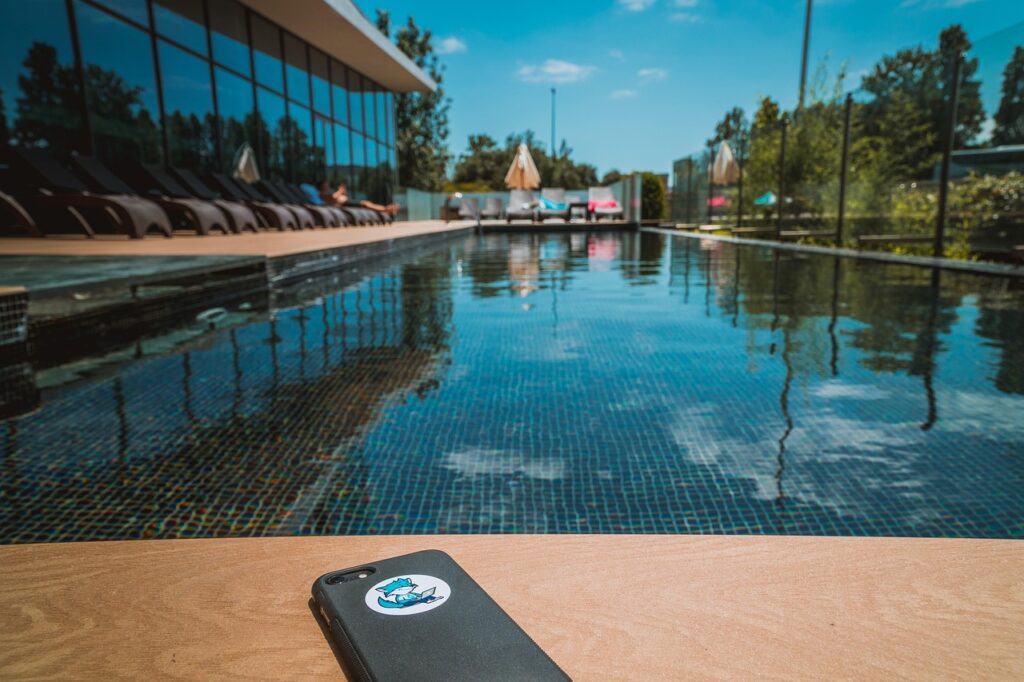Have you ever picked up your phone to check the time, only to look up 45 minutes later, having no idea what time it is, but now knowing everything about your favorite influencer’s trip to Greece? We’ve all been there.
In a world buzzing with notifications, infinite scrolling, and digital distractions, our minds are craving something simple: peace. Not the kind you fake with a meditation app while checking your email in another tab—real, grounded peace.
That’s where a digital detox comes in. Think of it as a reset for your brain. Just one week. That’s all it takes to start feeling clearer, calmer, and more present.
Why You Might Need a Digital Detox
Let’s be honest: most of us spend way too much time online. Between work, doom-scrolling, and binge-watching videos “just to relax,” our screens have become constant companions. And while technology isn’t inherently bad, overuse can chip away at our mental well-being, causing anxiety, sleep issues, poor focus, and even burnout.
The good news? You don’t have to quit tech cold turkey or disappear into a forest (unless you want to). A digital detox doesn’t mean giving up all devices forever. It simply means being intentional with your screen time—and getting back in the driver’s seat.
Your 7-Day Digital Detox Plan
This plan isn’t about guilt or rigid rules. It’s about curiosity and tuning into what your mind really needs. Feel free to adjust it based on your lifestyle, but aim to follow the spirit of each day.
Day 1: Awareness (Track Your Screen Time)
Before making changes, let’s understand where you stand.
What to do:
- Check your phone’s screen time stats. (iPhone: Settings > Screen Time, Android: Digital Wellbeing)
- Write down how much time you’re spending on social media, emails, video apps, etc.
- Notice what times of day you reach for your phone the most. Is it boredom? Stress? Habit?
Why it matters:
Awareness is the first step toward change. You can’t shift what you don’t see.
Day 2: Clean the Clutter
Let’s Marie Kondo your digital life.
What to do:
- Delete any apps you haven’t used in a month.
- Unfollow accounts that don’t add value or make you feel good.
- Turn off non-essential notifications (do you really need to know every time someone likes your photo?).
- Move your most distracting apps off your home screen—or delete them for the week.
Why it matters:
Out of sight, out of mind. Removing digital noise gives your brain more space to breathe.
Day 3: No-Phone Mornings
Start your day without a screen.
What to do:
- For one hour after waking, no phone. No scrolling, no emails.
- Replace your morning scroll with something analog: stretch, journal, walk, or sip coffee in silence.
- If you use your phone as an alarm, try a basic alarm clock instead.
Why it matters:
Your morning sets the tone for your day. Give your mind time to fully wake up before plugging in.
Day 4: Intentional Social Media Break
Let’s take a breather from the scroll hole.
What to do:
- Log out of social media for the entire day—or delete the apps temporarily.
- Notice how often your fingers “go looking” for them.
- Use that time to do something offline: cook, read, go outside, or meet a friend in person.
Why it matters:
Social media is designed to be addictive. Taking a step back helps you see how it affects your mood and attention.
Day 5: Screen-Free Meals
Reconnect with your food—and the people you’re eating with.
What to do:
- Make every meal today screen-free. No phones, no TV, no laptop.
- Sit down and eat slowly. Engage in real conversation or just enjoy the quiet.
Why it matters:
Screens during meals disconnect us from our bodies. Eating mindfully improves digestion and mental clarity.
Day 6: Nature + No Tech Afternoon
Unplug and get outside.
What to do:
- Spend at least two hours in nature without your phone. Go on a hike, sit in a park, or walk your dog—just leave your phone at home or in airplane mode.
- Let your mind wander. Notice your surroundings. Breathe.
Day 7: Reflect + Redesign
You made it! Now, let’s take stock.
What to do:
- Journal about how the week went. What did you notice? What surprised you?
- Which parts felt hard, and which felt freeing?
- Create a simple screen-time guideline moving forward. Maybe it’s no phone after 9 PM, or one screen-free day a week.
Bonus Tips to Make Your Detox Stick
- Create “tech zones”: No phones in the bedroom, at the dinner table, or in the bathroom.
- Use grayscale mode: Makes your phone less addictive. (It’s surprisingly effective.)
- Replace, don’t just remove: Fill your time with things that nourish you—books, movement, art, real conversations.
- Accountability helps: Invite a friend to detox with you, or at least tell someone about it.
Let’s be clear, this isn’t about becoming a monk or abandoning modern life. It’s about making space for your brain to just be. About letting your nervous system rest. About being present in your actual life, not just the virtual one.
A digital detox doesn’t solve all your problems, but it does give you clarity, energy, and a surprising amount of peace.


